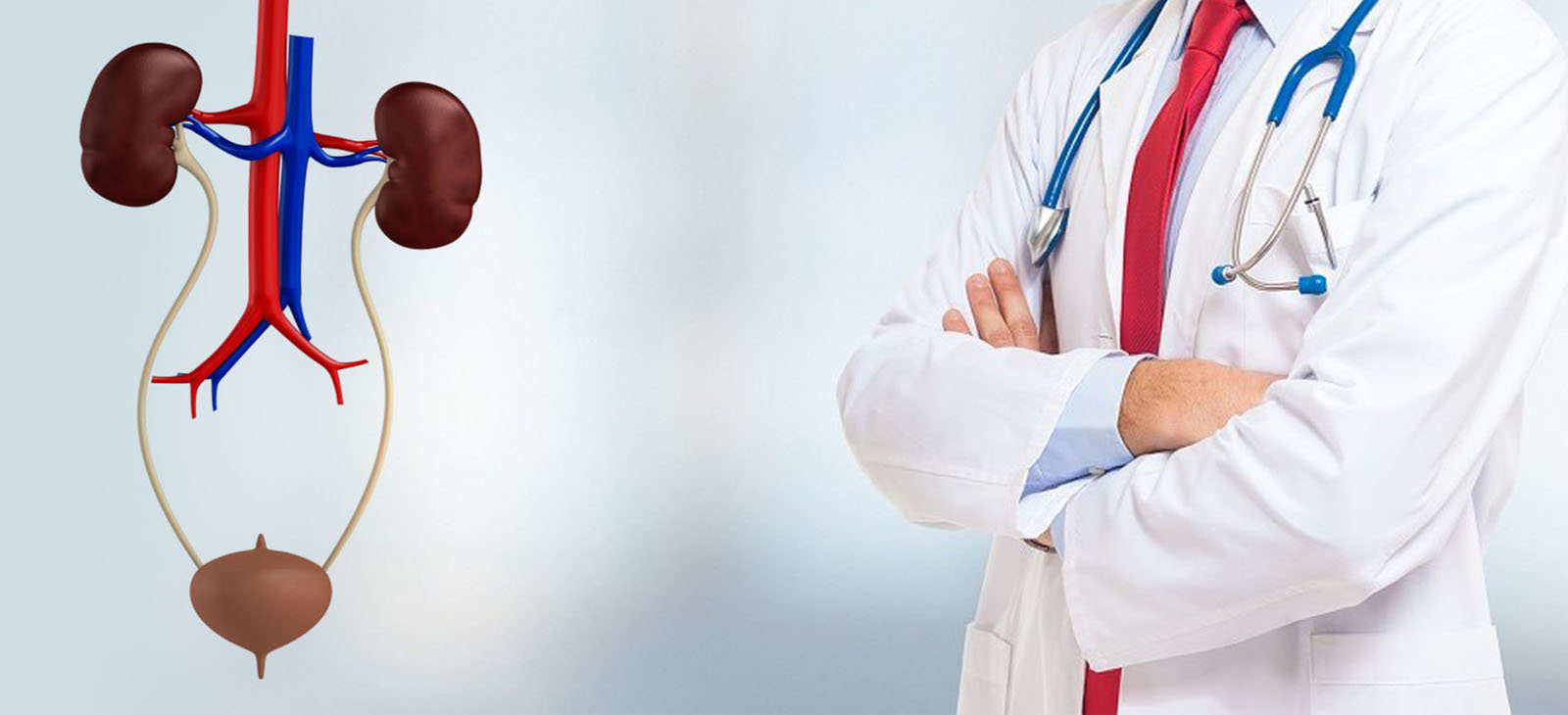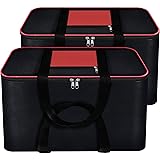Urinary incontinence is a common yet often underreported condition that affects millions of people worldwide. It refers to the involuntary leakage of urine, ranging from occasional dribbling to complete loss of bladder control. This condition can have a significant impact on a person’s quality of life, affecting physical health, emotional well-being, and social interactions. Despite its prevalence, many people are reluctant to seek help due to embarrassment or the misconception that it is a normal part of aging. To help you deal with these seasonal limitations, a well-known Best urologist in Jaipur offers essential hints and professional steerage on the way to maintain kidney health during the summer.
Causes of Urinary Incontinence
The causes of urinary incontinence are varied and can be related to temporary or chronic conditions. Understanding the underlying causes is crucial for effective management. Here are some common factors that contribute to urinary incontinence:
- Weak Pelvic Floor Muscles: The pelvic floor muscles support the bladder and urethra, and any weakening of these muscles can lead to incontinence. This weakening may result from childbirth, aging, or conditions such as obesity.
- Overactive Bladder (OAB): An overactive bladder is a condition where the bladder muscles contract involuntarily, leading to sudden urges to urinate, often resulting in incontinence.
- Neurological Disorders: Conditions such as Parkinson’s disease, multiple sclerosis, stroke, and spinal cord injuries can interfere with nerve signals involved in bladder control, leading to incontinence.
- Urinary Tract Infections (UTIs): Infections in the urinary tract can irritate the bladder, causing strong urges to urinate and sometimes leading to leakage.
- Prostate Issues: In men, an enlarged prostate or prostate surgery can cause incontinence by interfering with the normal flow of urine.
- Medications: Certain medications, such as diuretics, muscle relaxants, and sedatives, can contribute to incontinence by increasing urine production or relaxing the bladder muscles.
- Hormonal Changes: In women, hormonal changes during menopause can weaken the pelvic floor muscles and reduce the elasticity of the bladder, leading to incontinence.
- Lifestyle Factors: Excessive caffeine or alcohol consumption, smoking, and poor dietary habits can irritate the bladder or weaken the pelvic muscles, contributing to incontinence.
Types of Urinary Incontinence
There are several types of urinary incontinence, each with different characteristics and triggers. Identifying the specific type is essential for determining the most effective treatment approach. The main types include:
- Stress Incontinence: This type of incontinence occurs when physical activity or exertion, such as coughing, sneezing, laughing, or lifting heavy objects, puts pressure on the bladder. It is often caused by weakened pelvic floor muscles or damage to the urethral sphincter.
- Urge Incontinence: Urge incontinence, also known as overactive bladder, is characterized by a sudden, intense urge to urinate, followed by involuntary leakage. It is often associated with an overactive bladder or neurological conditions.
- Overflow Incontinence: Overflow incontinence occurs when the bladder is unable to empty, leading to frequent or constant dribbling of urine. This type is often associated with conditions such as an enlarged prostate, bladder obstruction, or nerve damage.
- Mixed Incontinence: Mixed incontinence is a combination of stress and urge incontinence, where individuals experience symptoms of both types.
- Functional Incontinence: Functional incontinence occurs when a physical or cognitive impairment prevents a person from reaching the bathroom in time, even though their urinary system is functioning normally. This type is common in individuals with severe arthritis, dementia, or mobility issues.
You can urology problems option with Dr. Sandeep Nunia with confidence. To learn more about our charges, timings, and other related information, please visit our website. It is also possible to schedule an appointment with us if you need immediate assistance.
Management of Urinary Incontinence
The management of urinary incontinence depends on its type, severity, and underlying cause. Treatment options range from lifestyle changes and pelvic floor exercises to medications and surgical interventions. Here are some effective strategies for managing urinary incontinence:
1. Lifestyle Modifications
- Dietary Changes: Reducing the intake of bladder irritants such as caffeine, alcohol, and spicy foods can help alleviate symptoms. Staying hydrated is important, but individuals should avoid excessive fluid intake, especially in the evening.
- Weight Management: Maintaining a healthy weight can reduce pressure on the bladder and pelvic floor muscles, helping to prevent or reduce incontinence.
- Bladder Training: Bladder training involves gradually increasing the time between bathroom visits to improve bladder capacity and control. This technique is particularly effective for urge incontinence.
- Scheduled Voiding: Setting a regular schedule for bathroom visits, rather than waiting for the urge to urinate, can help manage symptoms, especially for individuals with functional incontinence.
2. Pelvic Floor Exercises (Kegels)
Pelvic floor exercises, commonly known as Kegels, are designed to strengthen the muscles that support the bladder and urethra. Regular practice of these exercises can significantly improve symptoms of stress and mixed incontinence. To perform Kegels, individuals should contract the pelvic floor muscles (as if trying to stop the flow of urine) for a few seconds, then relax. Repeating this exercise several times a day can enhance muscle tone and improve bladder control.
3. Medications
Several medications are available to help manage urinary incontinence, depending on the type and cause:
- Anticholinergics: These medications are commonly prescribed for urge incontinence and overactive bladder. They work by relaxing the bladder muscles and reducing the frequency and urgency of urination.
- Alpha-Blockers: Alpha-blockers are often prescribed to men with overflow incontinence due to an enlarged prostate. These medications relax the muscles in the prostate and bladder neck, making it easier to urinate.
- Topical Estrogen: In postmenopausal women, topical estrogen creams or patches can help strengthen the tissues around the urethra, reducing symptoms of stress incontinence.
4. Medical Devices
For individuals who do not respond to conservative treatments, medical devices can offer relief:
- Pessaries: A pessary is a device inserted into the vagina to support the bladder and reduce symptoms of stress incontinence.
- Urethral Inserts: These small, disposable devices are inserted into the urethra to prevent leakage during activities that increase pressure on the bladder.
5. Surgical Interventions
In cases where other treatments are ineffective, surgical options may be considered:
- Sling Procedures: Sling procedures involve placing a mesh or tissue sling under the urethra to provide support and prevent leakage, particularly in cases of stress incontinence.
- Bladder Neck Suspension: This surgery involves lifting and securing the bladder neck and urethra to prevent urine leakage.
- Artificial Urinary Sphincter: An artificial urinary sphincter is a device implanted around the urethra to control urine flow. It is typically used in men with severe stress incontinence following prostate surgery.
Conclusion
Urinary incontinence is a manageable condition, and individuals experiencing symptoms should not hesitate to seek help. With the right combination of lifestyle changes, exercises, medications, and medical interventions, most people can achieve significant improvements in their symptoms and regain control over their bladder. Open communication with a healthcare provider is key to developing a personalized treatment plan that addresses the specific type and cause of incontinence, ultimately enhancing quality of life.
SHAYONAM Manual Hand Press Push Chopper with 4 Blades for Effortless Chopping Vegetables & Fruits Chopper Mixer Cutter to Cut Onion, Salad, Tomato, Potato(Indian,Multicolor) (900 ML)
₹399.00 (as of 3 February, 2025 11:32 GMT +05:30 - More infoProduct prices and availability are accurate as of the date/time indicated and are subject to change. Any price and availability information displayed on [relevant Amazon Site(s), as applicable] at the time of purchase will apply to the purchase of this product.)Recron Certified Dream Fibre Pillow (41X61, Fiber;Microfiber, White, Pack Of 2)
₹375.00 (as of 3 February, 2025 11:29 GMT +05:30 - More infoProduct prices and availability are accurate as of the date/time indicated and are subject to change. Any price and availability information displayed on [relevant Amazon Site(s), as applicable] at the time of purchase will apply to the purchase of this product.)Storite 2 Pack Moisture Proof Nylon Large Size Underbed Storage Bag For Clothes (54 x 46 x 28 cm) - Black, Rectangular
₹499.00 (as of 3 February, 2025 11:29 GMT +05:30 - More infoProduct prices and availability are accurate as of the date/time indicated and are subject to change. Any price and availability information displayed on [relevant Amazon Site(s), as applicable] at the time of purchase will apply to the purchase of this product.)MILTON Aqua 1000 Stainless Steel Water Bottle, 950 ml water bottles, Single walled, Leak-Proof, Rust-free Steel Bottle, Easy Grip, Easy to Carry, Travel Bottle, Purple
₹439.00 (as of 3 February, 2025 11:29 GMT +05:30 - More infoProduct prices and availability are accurate as of the date/time indicated and are subject to change. Any price and availability information displayed on [relevant Amazon Site(s), as applicable] at the time of purchase will apply to the purchase of this product.)Amazon Brand - Presto! Garbage Bags | Small | 180 Bags | 30 Bags X 6 Rolls | 17 X 19 Inches | Material Plastic | For Dry & Wet Waste | Black
₹299.00 (as of 3 February, 2025 11:29 GMT +05:30 - More infoProduct prices and availability are accurate as of the date/time indicated and are subject to change. Any price and availability information displayed on [relevant Amazon Site(s), as applicable] at the time of purchase will apply to the purchase of this product.)Discover more from The General Post
Subscribe to get the latest posts sent to your email.





